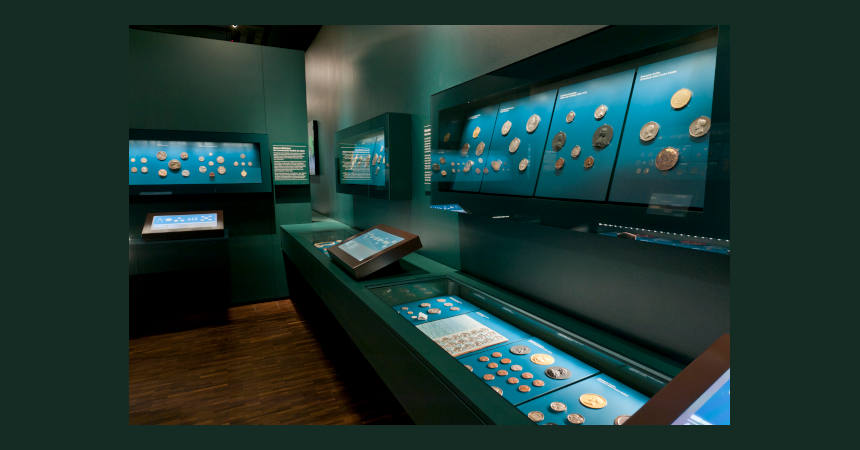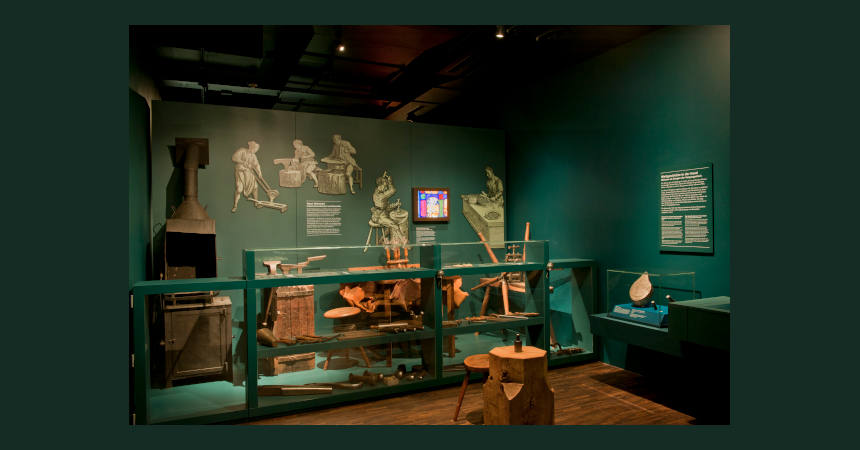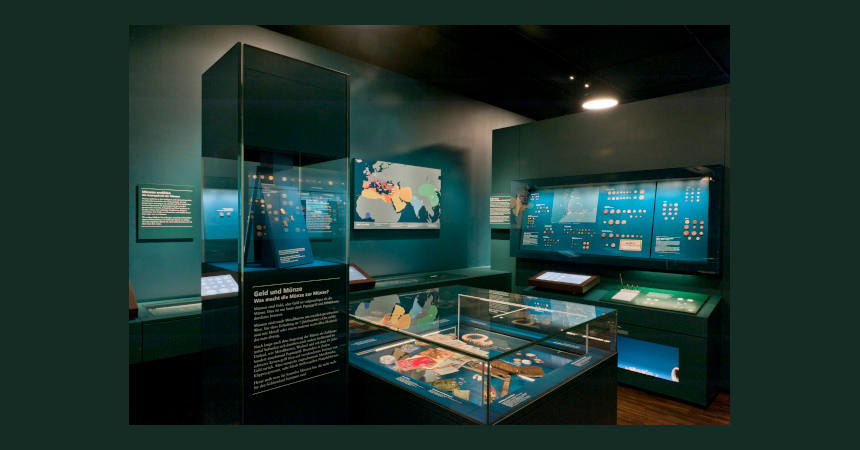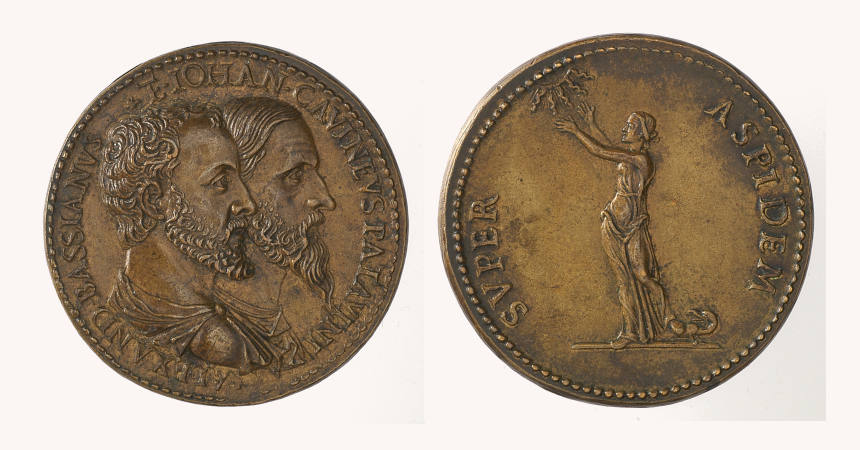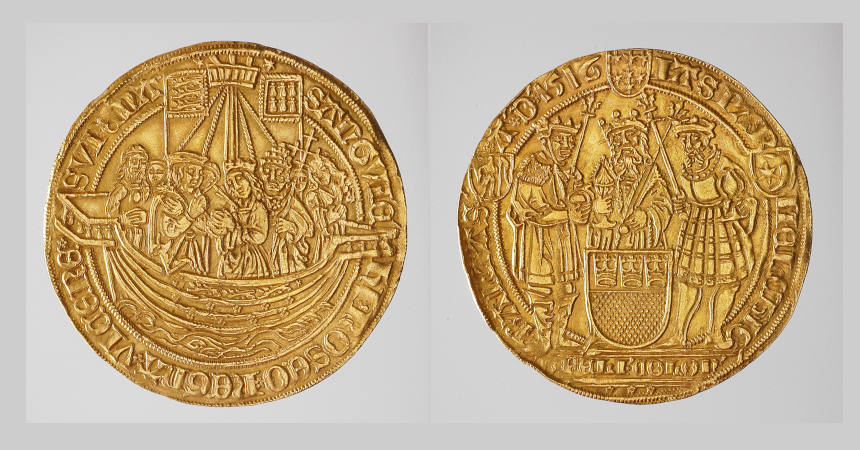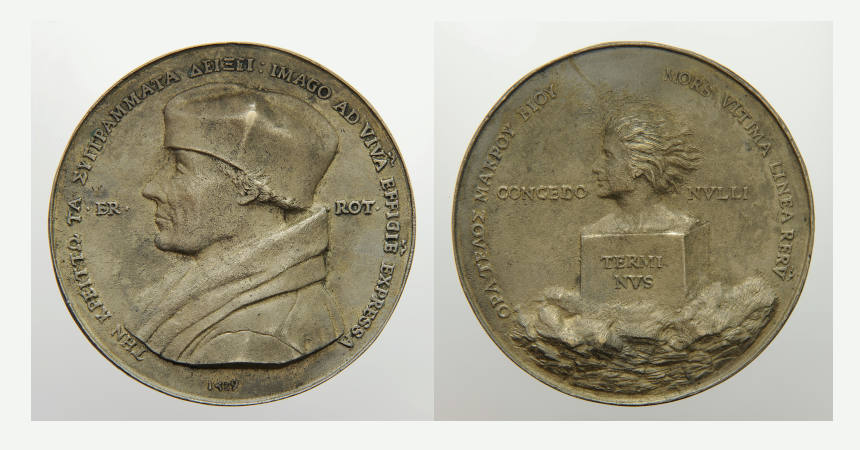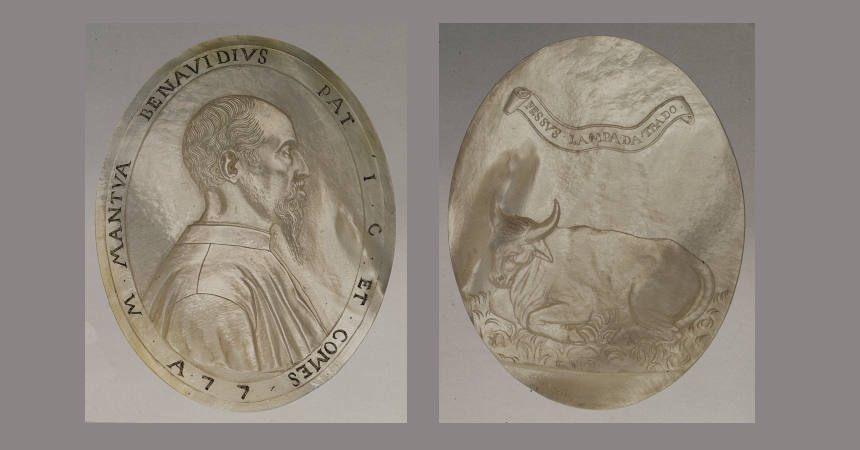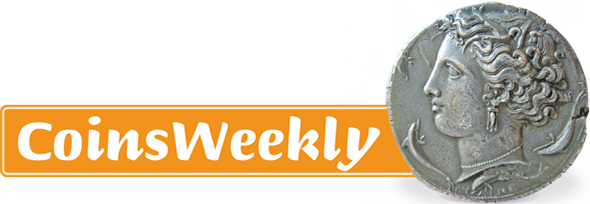Basel Historical Museum
Wenn es kein Logo gibt, wird diese Spalte einfach leer gelassen. Das Bild oben bitte löschen.
(Dieser Text wird nicht dargestellt.)
Barfüsserkirche, Barfüsserplatz 7
CH-4051 Basel
Phone: +41 61 205 86 00
Background
The coin and medal collection of Historisches Museum Basel (HMB, Basel Historical Museum) has always been a central part of Basel’s public collections. Since the time of humanists such as Francesco Petrarca (1304-1374) and the Renaissance, coins and medals have been regarded as reliable and tangible evidence of the past and have therefore been collected in large numbers as first-class historical sources. More than any other department of the museum, the Coin Cabinet is an archive of the political and economic history of the region from antiquity to the present day, as coins as official means of payment reflect not only economic developments but also the status and self-image of political structures. Coins and medals, as relatively inexpensive small objects, also meant that the collections of the city’s citizens, which flowed into the Basel Coin Cabinet, could – in contrast to other types of objects – compete with princely collections and benefited from an educational advantage in this university city. As a result, the Basel collection is characterised by its exceptional quality, which surpasses that of large international collections.
The Coin Cabinet is divided into two different categories: on the one hand there is the systematic collection, arranged by country and in chronological order, and, on the other hand, there are coin hoards, arranged by place and year of discovery, as well as paper money, medals and other coin-like objects. Special collections include tools used in the production of coins and medals, such as dies, coin scales and cut stones, i.e. gems and cameos.
The Collection
The collection comprises some 66,000 objects dating from the seventh century BC to the present day. It is a classic universal collection with a focus on the Basel region. It consists of about 11,000 ancient coins and 21,000 medieval and modern coins, as well as over 1,000 banknotes in the systematic collection and currently about 13,000 found coins in the topographical collection (i.e. coin hoards). The medal collection, which is particularly remarkable for its quality, comprises some 13,000 pieces, and the equally exceptional collection of coin and medal cancellations now numbers over 1,400 objects. In addition, there are some 60 coin scales and a collection of cut stones with over 600 gems, cameos and glass pastes, as well as over 4000 artistically set casts in 14 dactyl libraries (collections of casts of precious stones). The beginnings of the numismatic collection date back to the 15th century with Erasmus of Rotterdam (c. 1466-1536) and in particular his heir Bonifacius Amerbach. These and other old and carefully assembled collections have enriched the medal collection with absolute gems that would be impossible to acquire today.
The large number of objects and the fact that the collection has only been under the professional care of a conservator (50%) since 1972, Beatrice Schärli, mean that the collection is not yet fully catalogued. The quality of the inventory also varies greatly, although in recent years Michael Matzke (60%) has made great efforts to inventorise large parts of the holdings in a modern way.
However, a complete inventory and recording of all objects in the Coin Cabinet is in sight. The general inventory of the HMB, which will begin in 2021, will also be carried out in the Numismatic Collection in 2024-2025. Systematically, all numismatic objects will be recorded in the new database with a digital image, a location record and a label with a QR code. Following the general inventory, the coin and medal collection will be presented online. At present, only a few dozen coins and medals are available online, but they are described and annotated in detail.
This text was mainly written by Michael Matzke (2020).
The detailed history of the Basel coin cabinet can be downloaded (in German) as a PDF by Michael Matzke.









